City Grid - Schneider
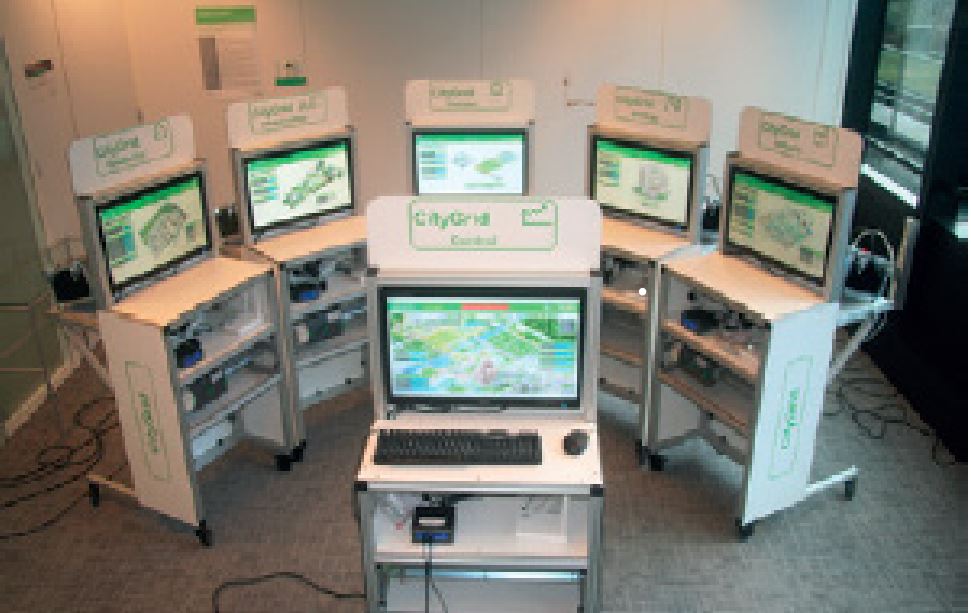
Order Code: MDGCGCITY
Category: Schneider
Training Objectives Preparation of the operations of realization, commissioning, maintenance. Setting up, assembly and wiring of different systems. Modification of existing educational equipment to enable them to communicate. Installation...
SPECIFICATION
Training Objectives
- Preparation of the operations of realization, commissioning, maintenance.
- Setting up, assembly and wiring of different systems.
- Modification of existing educational equipment to enable them to communicate.
- Installation of a communication network layer between equipment and supervision system.
- Study and implementation of different pre-configured consumption/production scenarios in a grid.
- Understanding interactions and associated consequences.
Description
Power grids are rapidly evolving. The phase-out of nuclear power and the reported growth in renewable energies are leading grid operators to a new model for balancing energy consumption and production. Historically, production has adapted to consumption. Producers use consumption forecasts to plan the production resources required and modulate capacity with enough margin as consumption changes over the course of a day. However, the mass introduction and the rising share of renewable energies has challenged this method. Non-controllable renewable energies, like wind and solar power, represents a high risk of imbalance for the grid. If generation substantially exceeds consumption, or vice versa, power outages are likely to happen. The solution is the smart grid, which modulates consumption to track changes in production. Hence consumption adapts to production. At a local scale, it is known and developed as a microgrid.
- To explain how an intelligent electrical grid operates, we modeled the operation of an eco-district. This eco-district is made up of different areas which represent different profiles of consumption and production:
- Residential zone: composed of nearly 50 houses with electric heating, renewable energy self-production and electric vehicle charging terminals.
- Tertiary zone: composed of 1 building of offices with thermal storage and renewable energy self-production.
- Industrial zone: composed of 1 manufacturing site with 2 production lines and power generator.
- Infrastructure zone: represented by a street with public lighting and electric vehicle charging terminals.
- Energy production zone: represented by renewables energies, with photovoltaics and wind turbines, associated with a conventional grid power supply.
- The five Zones are supervised by an Operator Station in charge of managing the needs and resources necessary for the overall functioning. This coordinator continuously visualizes the consumption/production balance of all the Zones. He sends the orders for energy storage or shedding and impose the operating mode (automatic, manual, connected), under the concept of “Balance Response”.
- The main interest of this set is to be able to connect each Zone control station to an existing educational equipment, consistent with the associated Zone. This connection is made thanks to the GRIDBOX.
- In case the educational equipment would not exist on the pedagogical platform, it can be replaced by a Simulation Box coherent with the desired area.

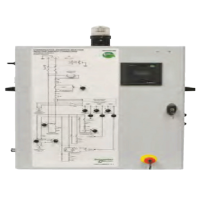

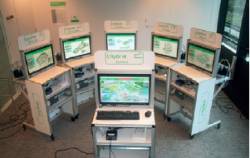

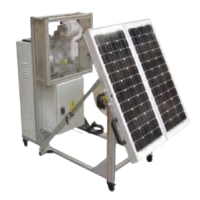
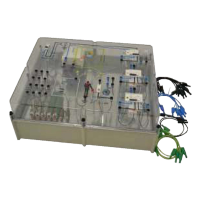
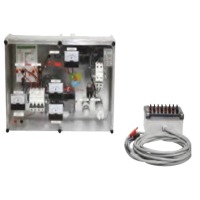
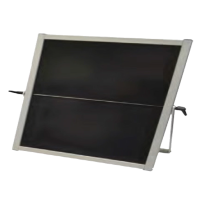
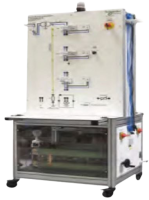

 91-9829132777
91-9829132777